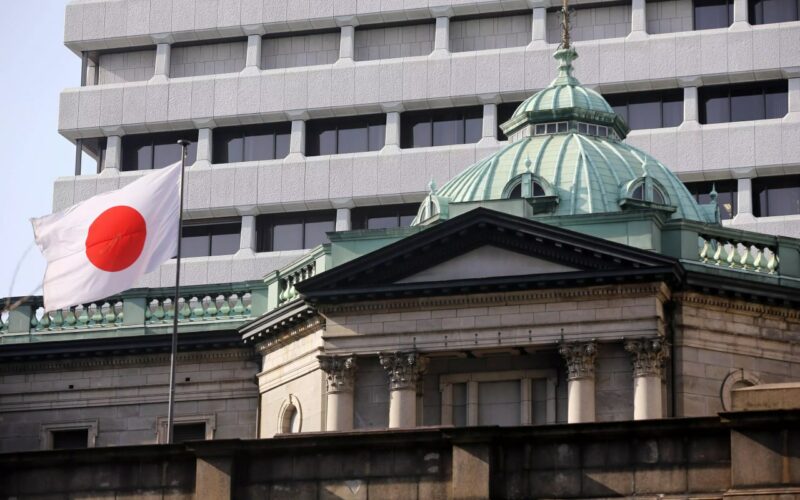On Friday, the Bank of Japan (BOJ) maintained its benchmark interest rate but signaled a potential reduction in the purchase of Japanese government bonds (JGBs). The central bank’s decision to keep short-term interest rates steady at between 0% and 0.1% aligns with market expectations, concluding its two-day policy meeting.
In a significant development, the BOJ hinted that it may lower its JGB purchases following its next monetary policy meeting, scheduled for July 30 and 31. The statement revealed that the decision on the JGB purchase reduction was made with an 8-1 majority vote among the board members. The lone dissenter, Nakamura Toyoaki, supported the reduction but recommended postponing the decision until after a comprehensive review of economic activity and price developments in the forthcoming July 2024 outlook report.
Leading up to the July meeting, the BOJ plans to gather insights from market participants and develop a detailed strategy for scaling back JGB purchases over the next one to two years. Meanwhile, the BOJ will continue its current pace of purchasing JGBs, commercial paper, and corporate bonds, as previously determined in the March policy meeting.
Following the BOJ’s announcement, the Japanese yen weakened by 0.52% to 157.84 against the U.S. dollar. Concurrently, the yield on 10-year JGBs dropped by 44 basis points to 0.924%. In the stock market, the benchmark Nikkei 225 index rose by 0.68%, and the broader Topix index gained 0.71%, recovering from earlier declines.
In March, the BOJ made a historic shift by raising interest rates for the first time in 17 years, thus ending the world’s last negative interest rate policy. This move also included abandoning the yield curve control policy. Despite these changes, the BOJ continued purchasing JGBs at a rate of about 6 trillion yen ($38.17 billion) per month, aiming to stabilize 10-year JGB yields around the 1% mark.
The substantial JGB purchases have successfully stabilized yields but have also contributed to additional downward pressure on the already weak yen, according to a recent note by advisory firm Teneo. As the BOJ navigates this complex monetary landscape, its forthcoming decisions will be closely watched by market participants for indications of how it plans to balance economic stability with currency and bond market pressures.
The upcoming July meeting will be critical in determining the BOJ’s approach to managing its bond purchase program and its broader monetary policy strategy.








